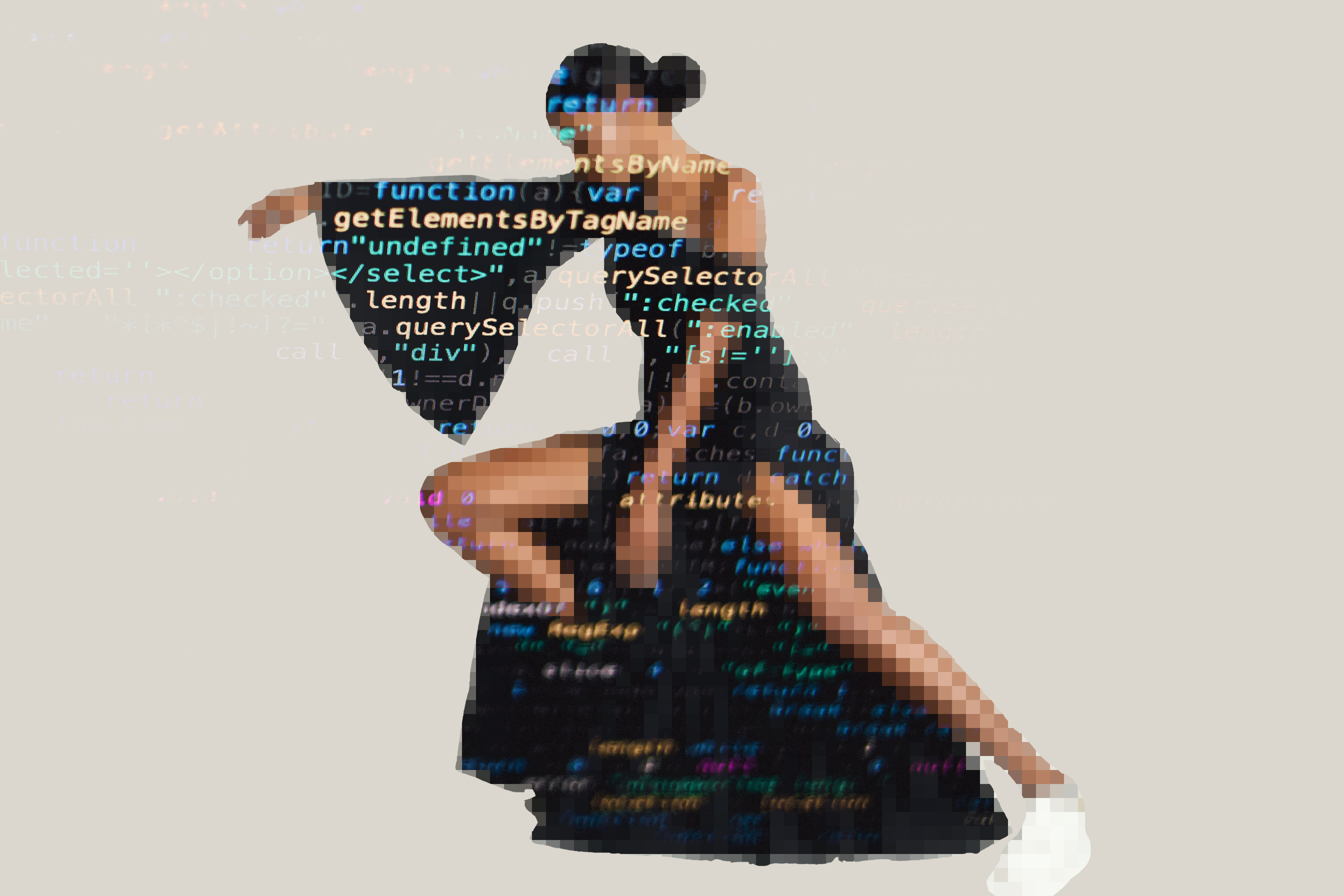With the physical world taking a necessary break during 2020, digital fashion weeks had their time to shine. But how well did these virtual shows capture the fashion world’s imagination?
What Digital Did Better
These small screen digital events had some big impacts.
Smaller brands benefited more from the shorter, less crowded show schedules. Less competition with the huge brands than traditional fashion weeks. It allowed these scrappy, innovative brands to hold their own against much bigger budgets and that’s good for fashion’s evolution as a whole.
The all-digital nature meant the events and brands could be more agile and responsive. How many views something got and how much it cost were much simpler metrics compared to the usual blowout runway shows. Brands could see this data in realtime and pivot as necessary. In the end, these fashion weeks are all about marketing and digital has honed that into a science.
The globe-encompassing nature of the internet meant more exposure to a larger market too. Larger viewership than an exclusive runway event. A crossover into Asian markets for Western brands. Putting the individual consumer audience before the industry.
The digital stage allowed for new forms of creative expression beyond the runway. Films, video calls, virtual reality, and hybrid streaming campaigns connected the fashion and the audience. Digital content that lasts well beyond the day and is inherently shareable.
Digital Fashion Week Highlights
Some brands did it digital better than others. Here are some of the highlights.
Hermes’s breezy and clever behind-the-scenes menswear showcase.
Kid Super’s marionette runway show Everything’s Fake Until It’s Real
Balenciaga’s moody nighttime stroll music video.
Prada’s surreal and artful film Multiple Views directed by five distinct photographers.
AMIRI’s lush Los Angeles runway film.
Thom Browne’s high-concept Lunar Olympics.
Roger Vivier’s interactive genre-bending adventure game Hotel Vivier Cinematheque.
That’s just the tip of the digital iceberg with countless creative lookbooks, films, and more.
In many ways, the fashion world — like most other physical industries — has been marching towards the digital realm for years now. Digital fashion weeks are inherently more sustainable and inclusive. No doubt the real-world fashion galas and showcases we love will return when it’s time, but the digital revolution has firmly found its place too.



